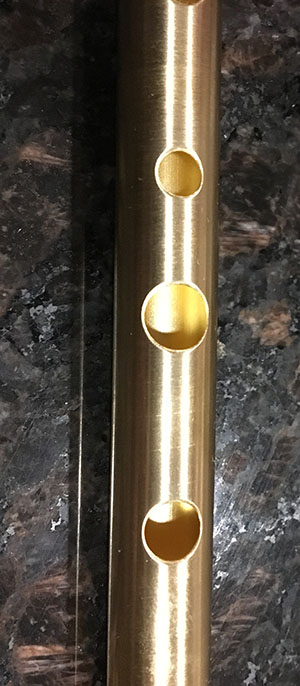
That’s why the Burkes and Dixons are so much above the rest. I don’t know what the euro price is- I was surprised at some of the cost numbers quoted here in the euros- That 12 euros is worth $18 or $19 here i think and we are still selling the cheapies under $10) With that comes little or no quality control, especialy when the sales people are trying to buy them for a penny a piece and sell them for $5 to $10. Chinese slave labor can turn plastic ‘widgets’ and such in profuse numbers at little cost. My sense is like everything else, manufacture has gone off shore- if not for the entire whistle, probably the plastic fipple. I used to make sure I was sitting next to a loud player with a quick ear, who would serve as my relay for tune changes, but with the Dixon it’s a bit easier. This is a problem, since so many tunes start in the lower part of the low register, and work their way up - it can be awkward to change tunes, if anyone else keeps going on the other one, the switch can go unheard, even if other players are actively trying to hear you. All of the $10 whistles I’ve played have been audible in the upper end and completely lost from the bottom F# down. I like the Dixon, mostly because I can hear it and others around me can hear it. What you can buy for the extra money on a more expensive whistle is mostly volume and consistency. The Clarke conical-bore whistles with the plastic fipples (they’ve been branded, to my knowledge, as "Sweetone", "Meg", and "Woodstock" so far, but they’re always the same whistles) can sound very nice, but they’re awful quiet. I’m still annoyed about dropping my "good" feadog while busking one day - it rolled off a rail and down into the subway tracks, gone for good.

Generations and other straight-bore whistles like Feadogs can sound brilliant, when they’re the right whistle.

It’s true that you can get a very good whistle basically no money.


 0 kommentar(er)
0 kommentar(er)
